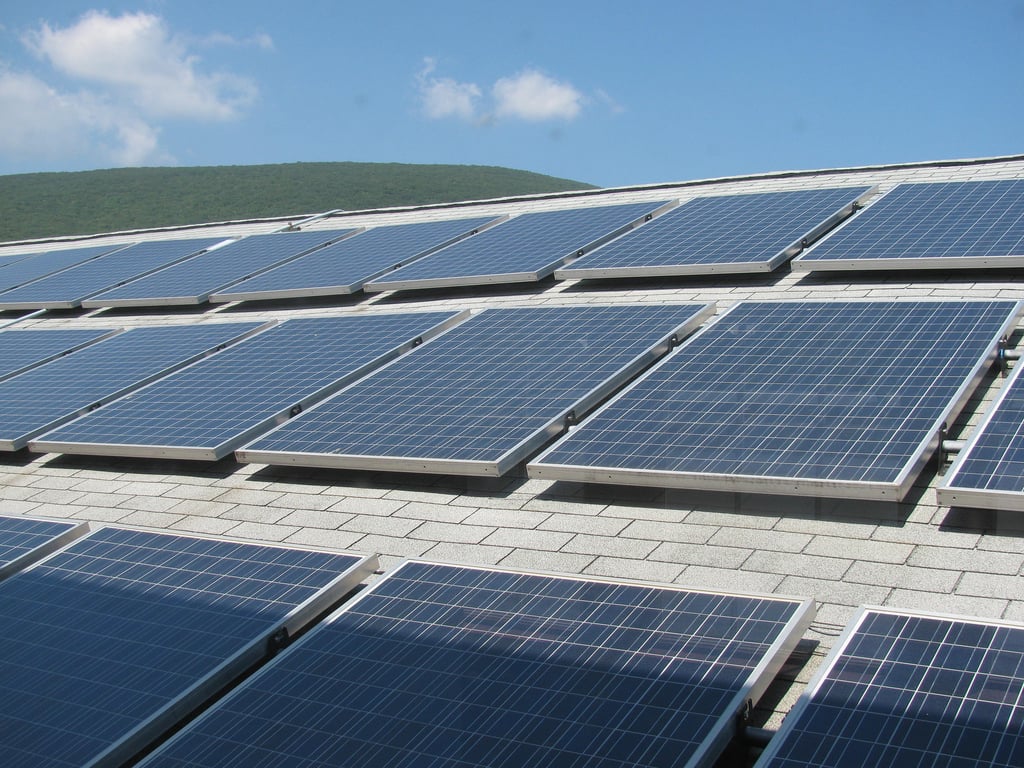
US-based multinational banking company JPMorgan Chase announced that it plans to source renewable energy for 100% of its global energy needs by 2020.
In a corresponding move, JPMorgan Chase also plans to facilitate US$200 billion in clean financing through 2025 — the largest commitment by a global financial institution, it claims.
Unlock unlimited access for 12 whole months of distinctive global analysis
Photovoltaics International is now included.
- Regular insight and analysis of the industry’s biggest developments
- In-depth interviews with the industry’s leading figures
- Unlimited digital access to the PV Tech Power journal catalogue
- Unlimited digital access to the Photovoltaics International journal catalogue
- Access to more than 1,000 technical papers
- Discounts on Solar Media’s portfolio of events, in-person and virtual
Or continue reading this article for free
Jamie Dimon, chairman and CEO of JPMorgan Chase, said: “Business must play a leadership role in creating solutions that protect the environment and grow the economy. This global investment leverages the firm’s resources and our people’s expertise to make our operations more energy efficient and provide clients with the resources they need to develop more sustainable products and services.”
Solar portfolio
As part of the company’s new renewable-energy initiative, JPMorgan Chase will install a large on-site solar portfolio, including PV institutions for up to 1,400 bank-owned retail and 40 commercial buildings globally.
In particular, JPMorgan Chase plans to develop a PV institution at its Polaris Corporate Center in Columbus, Ohio. The solar project could feature an installed generation capacity of 20MW — enough to power the equivalent of 3,280 homes.
The company also plans to develop a 7MW PV project at the new JPMorgan Chase Legacy West Complex in Plano, Texas — while also piloting an installation of solar panels at Chase branches in California and New Jersey. JPMorgan Chase also plans to sign off on power contracts that will offset its consumption by 40%.
The firm will also offset 40% of its traditional power consumption by executing wind and solar Power Purchase Agreements (PPAs) in select US markets.







